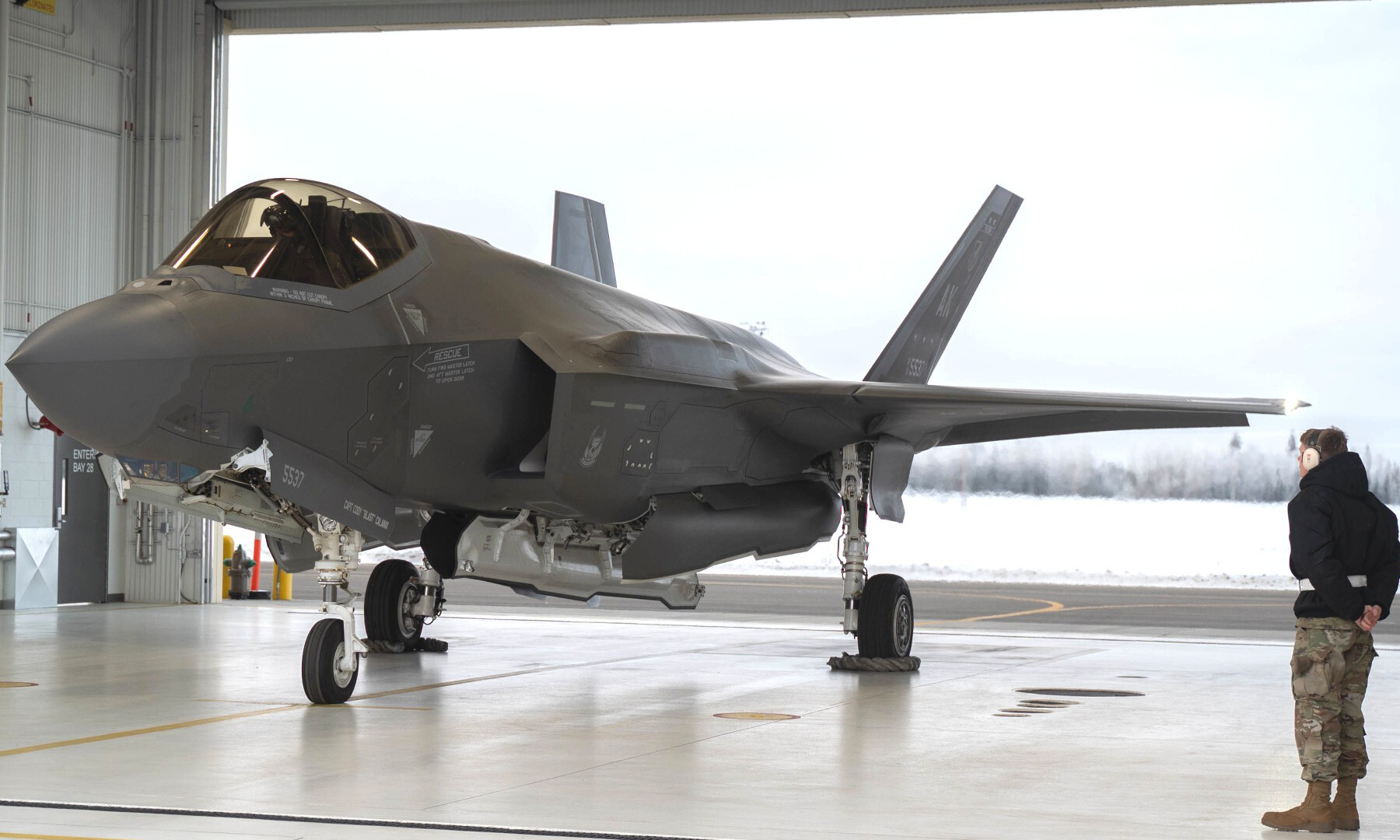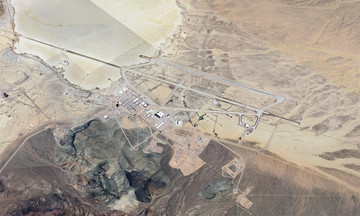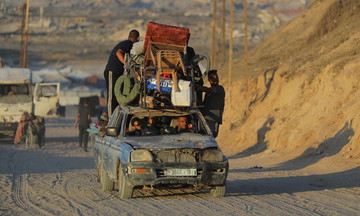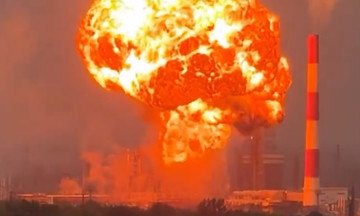The US Air Force released the results of its investigation earlier this week into the crash of an F-35A fighter jet from the 355th Wing at Eielson Air Force Base in Alaska in January. The investigation revealed that hydraulic fluid inside the strut of the landing gear was contaminated with water, a fluid that should not have been present in the system.
Investigators discovered that ground crew from the 355th Wing did not follow proper procedures when storing and handling hydraulic fluid containers. Before the incident, the F-35A was refilled with fluid from a container contaminated with "a significant amount of water," resulting in over 30% of the fluid in the hydraulic lines of both the nose and right landing gear being water.
Before takeoff, the fighter jet underwent longer-than-usual "ground operations" in frigid temperatures of around -18 degrees Celsius (-0.4 degrees Fahrenheit), causing the water in the nose gear strut to begin freezing.
This immediately caused problems after the aircraft took off from Eielson Air Force Base on 28/1. The water in the hydraulic lines quickly froze, preventing the landing gear from functioning correctly.
After takeoff, the pilot attempted to retract the nose gear but could not retract it fully. The pilot tried again, lowering the landing gear, but it became stuck at an angle to the left, causing the fighter jet to tilt significantly to the left.
After unsuccessfully performing standard troubleshooting procedures, the pilot contacted air traffic control and engineers from F-35 manufacturer Lockheed Martin to discuss the issue for 50 minutes in search of a solution.
The US Air Force reported that 5 Lockheed Martin engineers participated in the call, including a senior software engineer, a flight safety engineer, and three landing gear system specialists. However, none of them had thoroughly reviewed the guidelines issued by Lockheed Martin in 4/2024 regarding F-35 sensor issues in extremely cold weather.
In these guidelines, Lockheed Martin stated that when control sensor systems malfunction due to low temperatures, pilots have difficulty maintaining control of the aircraft and should attempt to land immediately or eject safely.
However, during the 50-minute discussion with the F-35A pilot, the Lockheed Martin engineers agreed on a plan for the aircraft to touch down and then take off immediately to realign the nose gear.
During the first landing attempt, the right main landing gear failed to fully extend due to ice buildup. The engineers instructed the pilot to try a second time.
This time, all three landing gear touched down, but the left landing gear, also due to ice accumulation, failed to fully deploy. At this point, the two landing gear on either side were stuck and could not fully lower for the jet to make a proper landing.
More critically, after the second attempt, the Weight on Wheels (WoW) sensor incorrectly registered that the aircraft had landed, rather than being airborne. The WoW sensor's function is to detect whether the aircraft's weight is on the landing gear, thereby determining if the plane is in the air or on the ground.
Due to the sensor's misreading, the F-35 activated "ground operating mode." "This caused the fighter to behave as if it were on the ground, but because it was actually in the air, the aircraft became uncontrollable," the US Air Force report stated.
The pilot then ejected, while the aircraft plummeted to the ground "like a rock" and exploded, creating a fireball. The pilot sustained only minor injuries, but the incident resulted in the complete destruction of the fighter jet, worth nearly 200 million USD.
 |
F-35A fighter jet inside a hangar at Eielson Air Force Base in 2024. Photo: USAF |
The investigation did not determine when the hydraulic fluid on the aircraft became contaminated with water, but it found that the fluid container used by the 355th Wing when deployed to Kadena Air Base in Okinawa in 2023 may have contained water.
The F-35 is one of the most advanced fighter jets in the world today and a core weapon of the US military. Lockheed Martin reports that over 17 countries worldwide participate in their F-35 program.
Despite this, the aircraft has experienced maintenance and combat readiness issues in recent years.
Pham Giang (According to CNN, Stars & Stripes)












